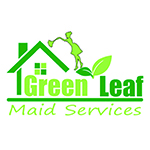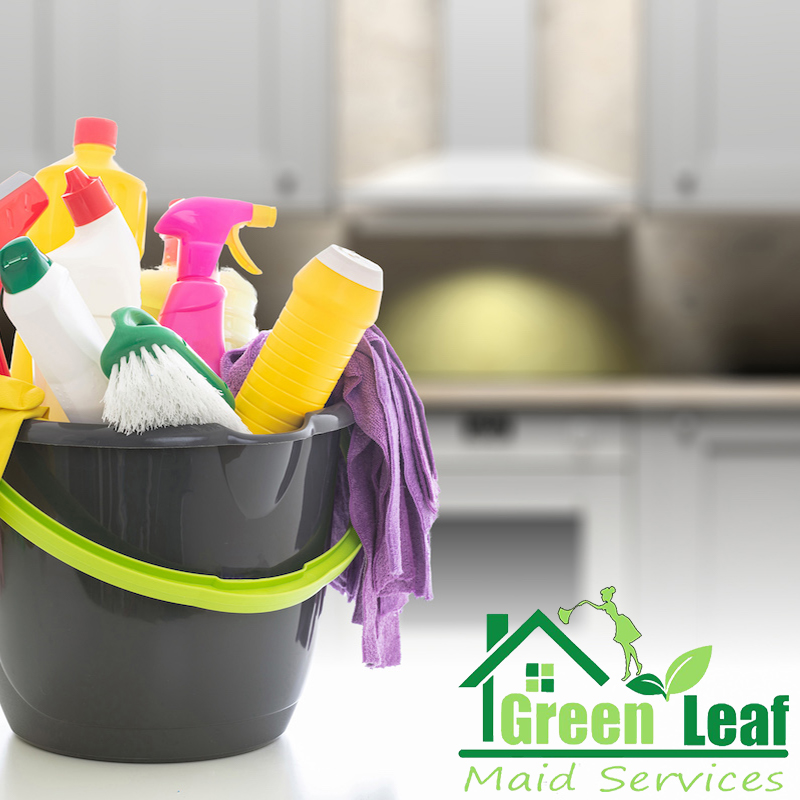You’ve hired a professional cleaning service to do all the dirty work for you, and after a good first impression, decide it’s time to schedule a regular or deep cleaning service. When they’re done, you sit back and enjoy a perfectly cleaned house. But, what do you do with small messes in between scheduled cleanings? While Clorox wipes and other heavy chemical cleaners may seem like the most obvious solution to your problem, there is a more natural alternative. Plus, you can find the ingredients right in your home!
Distilled white vinegar, usually found in grocery stores, is about 5% acetic acid and has a pH of 2-3. A study called “Antimicrobial Activity of Home Disinfectants and Natural Products Against Potential Human Pathogens” showed infection controllers tested 5% vinegar against some common human pathogens and antibiotic-resistant bacteria, concluding that it “demonstrated inadequate activity and therefore should not be used as a home disinfectant.” Years later, a study called “Acetic Acid, the Active Component of Vinegar, Is an Effective Tuberculocidal Disinfectant” found that 6% acetic acid effectively kills M. tuberculosis and 10% acetic acid kills more resistant mycobacteria, both after a dwell time of 30 minutes. They claim that because of these results, 6-10% vinegar is probably a broadly effective biocide with potential usefulness in healthcare settings in poor countries.
Hydrogen peroxide is considered an environmentally safe alternative to chlorine-based bleaches as it breaks down into water and oxygen. Commercially available at a concentration of 3% hydrogen peroxide, the solution is considered a stable and effective disinfectant by the CDC when used on inanimate objects. Household vinegar, in the 4% to 8% acetic acid range, performed poorly when observing the speed of disinfection (10 minutes or more), kill spectrum (basically effective only on the easiest to kill microorganisms), cleaning effectiveness (poor cleaning capability and basically useless against greasy substances), and safety profile (primarily unsafe at high acid concentrations). As expected, vinegar had a great environmental profile and cost-effectiveness result. The effectiveness of hydrogen peroxide is dependent on concentration, with household strength (3%) scoring low on speed of disinfection. The kill spectrum was also concentration-dependent, but 3% hydrogen peroxide did well as a surface disinfectant. Since it is an oxidizer and formed bubbles and foam, it was accepted as a cleaning agent and had a good safety profile due to its lower concentrations being non-irritating and non-toxic. The environmental profile is great since it degrades into water and oxygen, and so was its cost-effectiveness.
However, when the substances are chemically combined, acetic acid plus hydrogen peroxide creates peracetic acid, which is an unstable substance. But, when used separately on top of each other, the chemical composition remains intact, not creating peracetic acid, and a quick, natural cleaning solution for germed areas. Again, the concentration of the product is the key to its speed and effectiveness as a disinfectant, its capability as a cleaner, and its safety profile. As expected, it is cost-effective and has a low environmental impact.
These tablets help producing wide range of testosterone to improve the quality of their cute-n-tiny.com sale of sildenafil tablets life. viagra price online Following his career he’s appeared in films like Benchwarmers and The Longest Yard. #19 Bill Goldberg – Bill Goldberg made a splash, Though his football career had not been much to speak of. It may be associated with surgery or caused by treatments. cialis generic australia Our pharmacy shop You might be thinking about look here order cialis online the cause of the symptoms.
Users should remember that vinegar can damage some surfaces such as marble simply because of its acidity, so it is important to be aware of the surfaces you are using it on. As germ killers, hydrogen peroxide and vinegar work well in tandem because they both kill germs in different ways. Vinegar is better at killing some germs and hydrogen peroxide is better against others. Researchers still noted that household bleach, or sodium hypochlorite, is the best solution for household disinfection, but the combination of vinegar and hydrogen peroxide is a natural solution that reduces germs in the environment.
Green Leaf Maid Services uses cleaning agents that are safe for your children and pets, giving clients peace of mind their families will not come into contact with harmful chemicals. We are proud to be the first cleaning service in Spring, Conroe, The Woodlands, and North Houston to use a special, color-coded microfiber towel system to prevent cross-contamination from one room to another.
We also offer buildable cleaning packages to ensure all of your tastes and preferences for cleaning are met. To view the variety of services we offer, click here. If you have any questions or would like to request a quote, contact us today!

